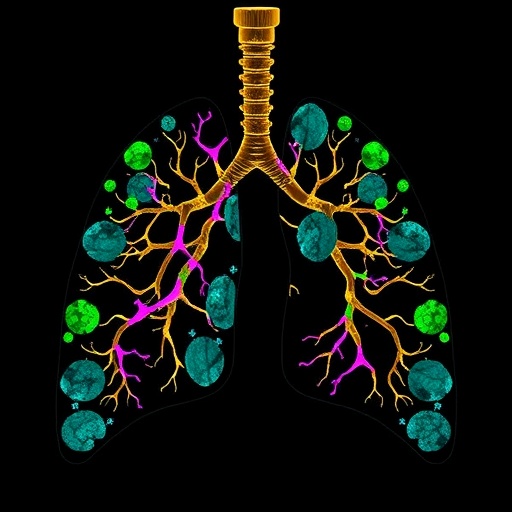NEW ORLEANS, La. (March 6, 2018)-New research presented at the 2018 Annual Meeting of the American Academy of Orthopaedic Surgeons (AAOS) found a correlation between flying following hip or knee arthroplasty and an increased risk of venous thromboembolism (VTE). This is the first study to identify such a risk as previous studies found no additional risk from perioperative air travel in patients following lower limb arthroplasty (LLA).
VTE is a serious complication that can follow hip and knee arthroplasty in the form of a blood clot, and is a leading cause of death and disability worldwide. Although the exact incidence of VTE is unknown, it is believed that 10 million cases occur annually. VTE-related death is largely undocumented with data confined to Europe and the United States.ii Risks for VTE include extended hospital stays, surgery and long periods of not moving (e.g., bedrest or long-duration travel).ii
The retrospective cohort study, "Flying in the early post-operative period following lower limb arthroplasty–is it safe?," looked at LLAs performed at a high-volume, national arthroplasty unit at the Golden Jubilee National Hospital in Glasgow, Scotland, from 2013-2015. The hospital services a large geographic area that includes several remote islands, which requires patients to fly to and from the hospital for surgery. The researchers looked at two groups-those who traveled by air to and from the hospital, and those who traveled by land. Per hospital guidelines, all patients received pharmacological and mechanical thromboprophylaxis (medication).
"Despite flying our patients in for treatment for many years, we hadn't explored whether this difference was present prior to the study," said Fahd Mahmood, clinical research fellow at the Golden Jubilee National Hospital, Glasgow, Scotland. "Our event rate, especially in the flight group, was quite small, so we didn't pick up that there was a higher rate of VTE from our routine practice. However, when we looked at the data, the difference was there. Of the previous studies that looked at pre-operative or post-operative flying, none have demonstrated an increased risk. Our study was significantly larger, though the length of our flights was shorter."
A total of 243 patients flew at a mean of six days following arthroplasty (range 1-24 days) during the three-year study period; there were 5,498 patients in the control group. The mean flight time was 74 minutes (range 40-85 minutes). Four patients (1.64 percent) developed a VTE in the flight group (two pulmonary emboli, two deep vein thromboses). Thirty-two patients (0.58 percent) suffered a VTE in the control group (25 pulmonary emboli, seven deep vein thromboses).
"We don't quite understand the mechanisms behind why there is an increased risk of VTE with flying, but there are a number of hypotheses," said Mahmood. "This study demonstrates that there is an association between flying and an increased risk of VTE, but we can't demonstrate causality. Based on the data we have at the moment, we can counsel our patients that if they are flying to and from the institution, we think there may be an increased risk of blood clots, but we need more evidence."
###
2018 AAOS Annual Meeting Disclosure Statement
The American Academy of Orthopaedic Surgeons
With more than 38,000 members, the American Academy of Orthopaedic Surgeons (AAOS) is the world's largest medical association of musculoskeletal specialists. The AAOS provides education programs for orthopaedic surgeons and allied health professionals, champions and advances the highest quality musculoskeletal care for patients, and is the authoritative source of information on bone and joint conditions, treatments and related issues.
Visit AAOS at:
Newsroom.aaos.org for bone and joint health news, stats, facts, images and interview requests.
ANationinMotion.org for inspirational patient stories, and orthopaedic surgeon tips on maintaining bone and joint health, avoiding injuries, treating musculoskeletal conditions and navigating recovery.
Orthoinfo.org for patient information on hundreds of orthopaedic diseases and conditions.
Facebook.com/AAOS1
Twitter.com/AAOS1
Instagram.com/AAOS_1
Media Contact
Lauren Pearson Riley
[email protected]
847-384-4031
@aaos1
http://www.aaos.org
http://aaos-annualmeeting-presskit.org/2018/research-news/picard_flying/




